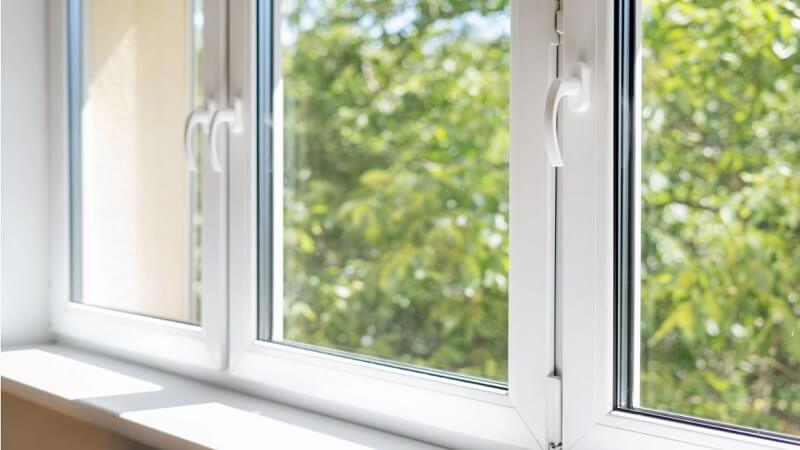UPVC (unplasticized polyvinyl chloride) windows are a popular choice for many UK homes due to their durability, energy efficiency, and low maintenance. However, UPVC windows can develop issues over time that need addressing. Here are some of the most common UPVC window problems and their solutions.
Condensation Between Panes
Condensation forming between the glass panes of a UPVC window is a sign that the seal has failed. This allows moisture to enter and condense on the inner pane surfaces when temperatures drop. Left unchecked, condensation can lead to fogging, mould growth, and deterioration of the window over time.
If condensation appears between the glass panes, the sealed unit will need replacing. This involves removing the existing glass unit and installing a new replacement pane that is vacuum sealed. Replacing the sealed unit early on prevents more costly window repairs later.
Jamming and Difficulty Opening
UPVC windows can become stiff and difficult to open over time. This is often due to a build-up of dirt, debris, and lubricant in the runner tracks at the top and bottom of the window frame. Jamming issues can also be caused by dropped hinges, frame distortion, or swelling due to moisture.
The solution is to thoroughly clean the window runners and re-lubricate all moving parts. Adjusting or replacing dropped hinges can help. If moisture is the culprit, identify and fix any external sealing problems, particularly around the sill.
Rattling and Draughts
UPVC windows can start to rattle and let in draughts as they age. This is commonly due to wear around the opening edge seals. The window locks and hinges can also loosen over time, allowing more movement and air gaps.
To fix rattling and draughts, inspect all the window seals and replace any that are cracked or flattened. Tightening loose hinges and locks or adding sealant around the window edges can help. Check for gaps in the frame sealant and re-seal where needed. Adding draught proofing strips is another option.
Discoloured Profiles
Plastic window frames can become discoloured and faded from prolonged sun exposure. Chemicals in the air and acid rain can also cause the UPVC surface to gradually discolour. While unattractive, profile discolouration alone does not affect performance.
To restore colour, a specialist can strip back the discoloured surface layer and expose fresh plastic beneath. However, this weakens the frame over time. Fitting exterior cladding or repainting the frames are longer-lasting solutions for restoring appearance.
Cracked and Damaged Profiles
Sources of direct impact, such as lawn strimmers and ladders leaning against windows, can crack and split UPVC frame profiles and windowsills. Expanding and contracting in hot and cold temperatures can also stress window materials over many years, causing cracks.
For minor cracks, an experienced UPVC window fitter can weld the crack to bond the profile. More extensive splits or corner cracks require replacing broken frame sections. Sills and outer frame parts are replaceable, but the inner window sashes may need complete replacement in severe cases.
Once UPVC windows reach a certain age, or show repeated signs of failure, it’s worth replacing them with new UPVC windows Coventry. A Coventry doors and windows supplier can fit new doors and windows with better thermal efficiency.
Be vigilant for signs of wear and tear in your UPVC windows, and when they stop looking their best and are no longer energy efficient, consider replacing them.
